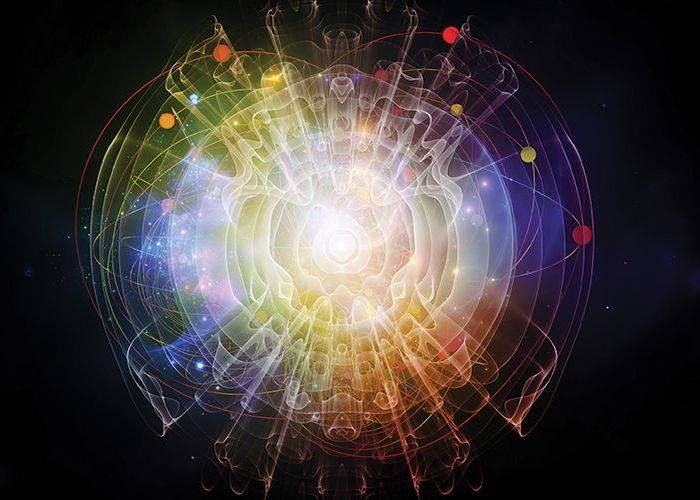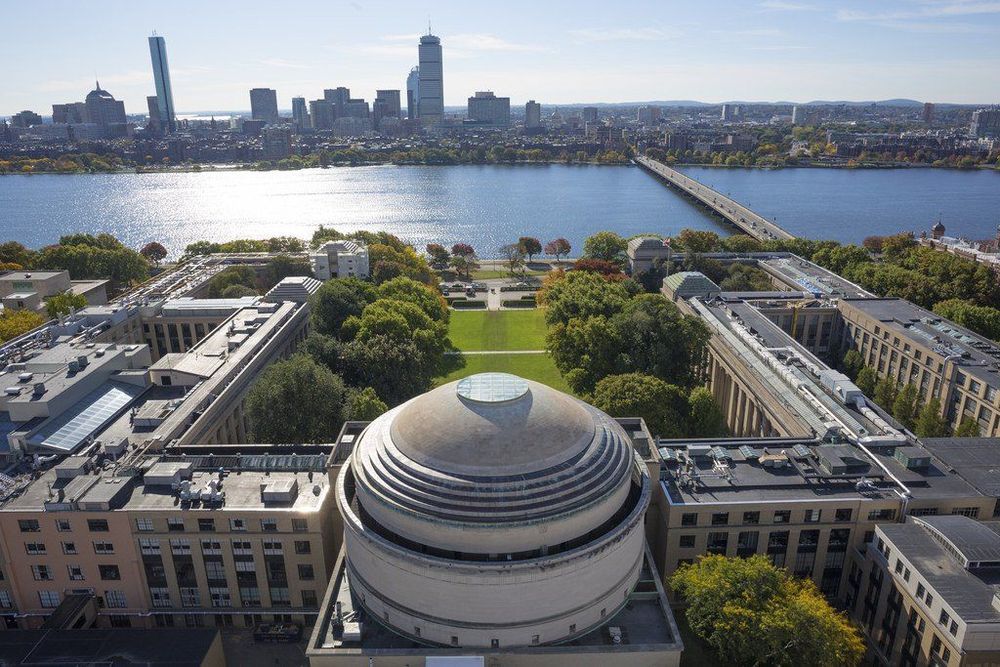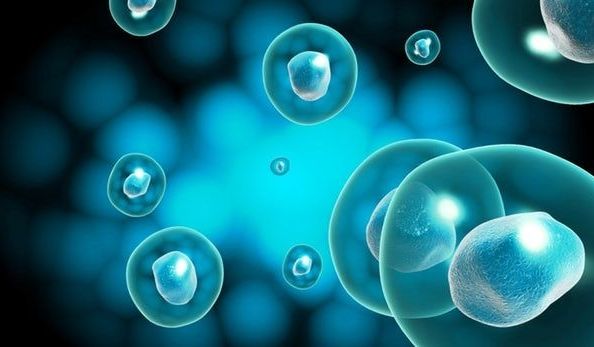What kind of blood do we want in our bodies?
#wthfilm #plantbased #wfpb #health #cancer #goplantbased
Get the latest international news and world events from around the world.

Cognitive Ability and Vulnerability to Fake News
Researchers identify a major risk factor for pernicious effects of misinformation.
- By David Z. Hambrick, Madeline Marquardt on February 6, 2018
Study shows how electricity-eating microbes use electrons to fix carbon dioxide
New research from Washington University in St. Louis explains the cellular processes that allow a sun-loving microbe to “eat” electricity—transferring electrons to fix carbon dioxide to fuel its growth.
Led by Arpita Bose, assistant professor of biology in Arts & Sciences, and Michael Guzman, a Ph.D. candidate in her laboratory, a Washington University team showed how a naturally occurring strain of Rhodopseudomonas palustris takes up electrons from conductive substances like metal oxides or rust. The work is described in a March 22 paper in the journal Nature Communications.
The study builds on Bose’s previous discovery that R. palustris TIE-1 can consume electrons from rust proxies like poised electrodes, a process called extracellular electron uptake. R. palustris is phototrophic, which means that it uses energy from light to carry out certain metabolic processes. The new research explains the cellular sinks where this microbe dumps the electrons it eats from electricity.


The Complex Fortune Growing Inside World’s Most Valuable Startup
Software engineer Zhang Yiming started out producing apps for sharing jokes before focusing on news aggregation. That pivot proved lucrative.
The 35-year-old founder of Bytedance Ltd. is worth about $13 billion, according to the Bloomberg Billionaires Index, making him China’s 9th-richest person and one of the fastest in modern times to amass a mega-fortune. The business, founded in 2012, has more than 1 billion active monthly users across eight mobile apps, including a news aggregator powered by artificial intelligence and a video-sharing platform.
Short film created in Unreal Engine showcases a photorealistic world
The gorgeous, atmospheric ‘Rebirth’ is based on scans of Iceland.

SPECIAL REPORT: Defense Community Slow to Grasp Potential of Quantum-Based Devices
CHICAGO — Four stories underground — encased in several feet of concrete — is the University of Chicago’s new nanofabrication facility, where researchers apply the principles of quantum physics to real-world problems and technologies.
A small cadre of faculty and graduate students in a clean room bathed in yellow light wear protective clothing to ensure the integrity of the experiments they are conducting, which involves the very matter that comprise the universe: electrons, photons, neutrons and protons.
The William Eckhardt Research Center where they are working is located across the street from where a team led by Enrico Fermi, the architect of the nuclear age, carried out the first self-sustaining nuclear reaction.

MIT has just announced a $1 billion plan to create a new college for AI
One of the birthplaces of artificial intelligence, MIT, has announced a bold plan to reshape its academic program around the technology. With $1 billion in funding, MIT will create a new college that combines AI, machine learning, and data science with other academic disciplines. It is the largest financial investment in AI by any US academic institution to date.
New school: The new college of computing is being built with $350 million in funding from Stephen A. Schwarzman, the CEO and cofounder of Blackstone, a private equity firm. Schwarzman has already donated billions to other institutions for studying issues related to AI. MIT’s new Stephen A. Schwarzman College of Computing will create 50 new faculty positions and numerous fellowships for graduate students. The school will open next September and will be housed in existing buildings at MIT before moving to its own space, expected in 2022.
Data everywhere: Data and computing are already having a major impact on disciplines like the humanities, and machine learning and AI may have an even bigger one. Rafael Reif, the president of MIT, said in an announcement that the new approach was necessary because of the way computing, data, and AI are “reshaping the world,” and he added that students and researchers will be taught to use AI in their disciplines from first principles, instead of dividing their time between computer science and other departments. “Computing is no longer the domain of the experts alone,” Reif said. “It’s everywhere, and it needs to be understood and mastered by almost everyone.”

Revolutions: The incredible potential of induced pluripotent stem cells
Revolutions is a series that brings together a hand-picked selection of recent articles canvassing cutting-edge insights into major scientific advances. This installment brings you up to date with the ground-breaking new discoveries made around the regenerative possibilities of induced pluripotent stem cells, which can theoretically be coaxed into any kind of cell in the human body.

LHCb discovers matter-antimatter asymmetry in charm quarks
A new observation by the LHCb experiment finds that charm quarks behave differently than their antiparticle counterparts.
The Beacon-News
The Proton Improvement Plan II, known as PIP-II, is a brand new leading-edge superconducting linear accelerator.